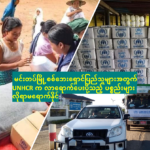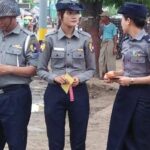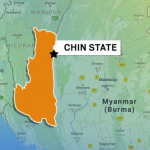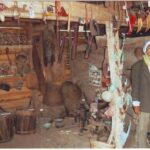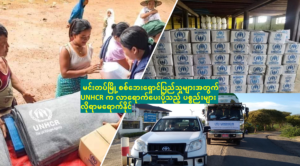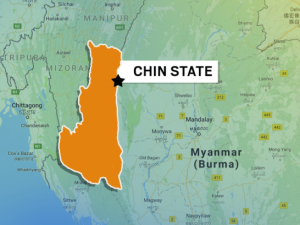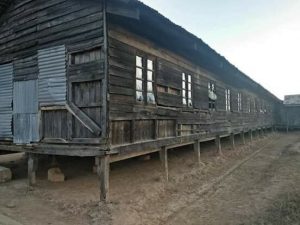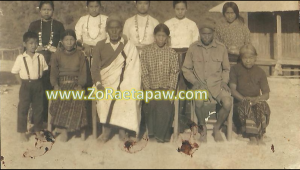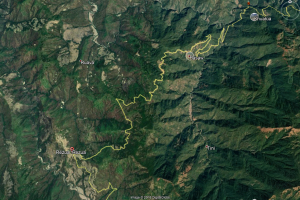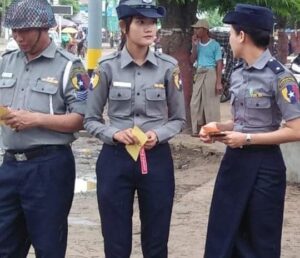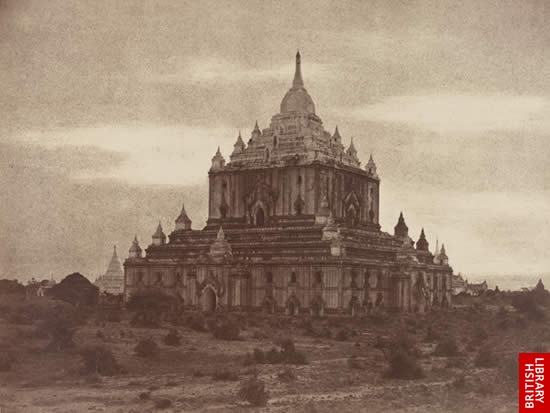
Zo Kingdom, Zo country, Zo Nation and Zo District 700 AD – 1550 AD
Proudly, at the zenith of their success, Zo domicile had been firmly established in central Burma for well over eight centuries.
Zo Kingdom
Fan Cho, a Chinese diplomat of the Tang Dynasty recorded in 862 AD “A petty kingdom in Chindwin Valley whose princes and chiefs were called Jo (Zo)”
Julia Lowell, described the Zo kingdom “with ruby mine on the Southeast and China on the East” the Zo petty kingdom, in the heart of Burma (now Myanmar) was a sizable land larger than the present Chin State, comprising one of the richest natural resources on earth lying beneath their feet. It extended from Popa and Pagan, south east to the ruby mines and as far to the east as the Chinese border. (The Great Wall p6.)
This account is strongly supported by the Legend of Dahpa (Dahpa Tangthu), an old story of the Tedim Zomi. Dahpa unknowingly brought home brick-sized stones for the fire place. His bride, detecting they were precious stones, said to him “These are the kind of stones that make my parents rich”. Indeed Dahpa and his wife became wealthy too. They threw a party for the whole village lasting for seven days.
Dahpa never had to work hard and therefore he was assumed to be skiving off and was mistakenly called ‘lazybones’. Yet he had everything he wanted by simply ‘beating his magic drum’, the legend goes. It is a popular practice among wealthy Zomi animists to celebrate ‘Ton’, a weeklong feast, in an ostentatious display of their social status and ensuring merits for prosperous life after death.
Zo Country
Sir Henry Yule described in 1508, the presence of “Yo (Zo) country and the location of which was west of the mouth of Chindwin, the interior of Doab, between the Irrawaddy and Chindwin..”
There are remains of Yo/Zo settlements at different places in Pinle Bu Subdivision still standing to this day as proof to this account. A megalith, 13 feet tall, used as an altar, for the village sacrificial offerings, ‘tual biakna’ is still standing two miles from Sibani village near Monywa. The local people call it ‘Chin god’ (Falam Centenary Magazine page 232). Also a neighbourhood near Sagaing is called ‘Chin Suh Ywa’, ‘Chin Village’. (Zomite ‘takkhahna’-Tun Thawng) Other old Zo settlements can be sporadically found in central part Burma.
Zo Nation
Rev. Fr Vincentius Sangermano in 1783 wrote, “To the east of Chien (Chin) mountains, between 20°30’ and 21°30’ north latitude, is a petty nation called Zo (Jo, Shu)”, Description of the Burmese Empire, page 35. Printed at the Government Press Rangoon, MCMXXIV.
Zo District:
Rev. Howard Malcolm noted “The Jo/Zo is on the lower water of the Kyendwin (Chindwin) not far from Ava; the district is sometimes called Yo or Jo (Zo).”
These reigns are concrete historical evidence that the Zo (Jo/Yo/Shu) people, once had ‘dominion’ over the area what is now Popa, Pagan-Nyaung Oo, Mandalay, Sagaing, and Ruby land etc. in central Burma for over many centuries.
This Article Received From, and Credit to: Dr.J. Suan Za Dong, Sydney, Australia


